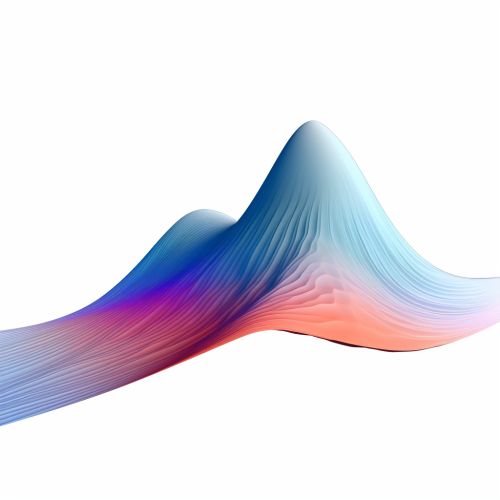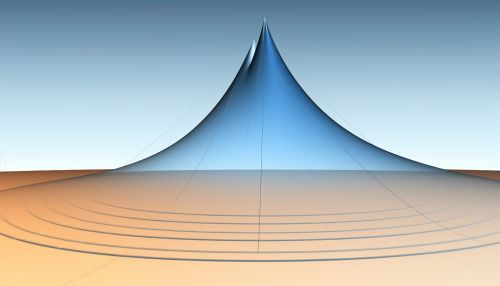Point spread function
Introduction
The Point Spread Function (PSF) is a fundamental concept in the field of image processing and optics. It describes the response of an imaging system to a point source or point object. In essence, the PSF is the 'blurring' or 'spreading' effect that an imaging system has on a single point of light.


Mathematical Definition
Mathematically, the PSF is defined as the modulus squared of the impulse response of the imaging system. It is a complex function, depending on the spatial coordinates in the image plane. The PSF can be computed from the Fourier Transform of the optical transfer function (OTF), which is the Fourier transform of the PSF itself.
Properties of the Point Spread Function
The PSF has several important properties that are crucial for understanding the behavior of imaging systems. These include:
- Shift-invariance: The PSF is the same regardless of the position of the point source in the object space. This property is a consequence of the linearity and shift-invariance of the imaging system.
- Normalization: The integral of the PSF over the entire image space is equal to one. This property ensures that the total energy in the image is equal to the total energy in the object.
- Non-negativity: The PSF is always non-negative. This property is a consequence of the physical reality that an imaging system cannot create negative light.
Factors Influencing the Point Spread Function
The PSF of an imaging system is influenced by several factors, including:
- Aperture shape: The shape of the aperture of the imaging system significantly influences the shape of the PSF. For example, a circular aperture produces an Airy pattern, while a rectangular aperture produces a sinc pattern.
- Aperture size: The size of the aperture also affects the PSF. A larger aperture results in a narrower PSF, leading to better resolution.
- Wavelength of light: The PSF is also influenced by the wavelength of the light being imaged. Different wavelengths of light will have different PSFs.
- Focusing: The degree of focusing of the imaging system can also affect the PSF. A perfectly focused system will have a PSF that is a delta function.
Applications of the Point Spread Function
The PSF is a critical tool in many areas of image processing and optics. Some of the key applications include:
- Image deconvolution: The PSF is used in image deconvolution to recover the original image from a blurred image. The deconvolution process involves dividing the Fourier transform of the blurred image by the Fourier transform of the PSF.
- Optical design: The PSF is used in optical design to evaluate and optimize the performance of imaging systems. By analyzing the PSF, optical designers can understand how different design choices will affect the image quality.
- Astronomy: In astronomy, the PSF is used to understand the images produced by telescopes. By knowing the PSF, astronomers can deconvolve the images to recover the true image of the celestial object.
